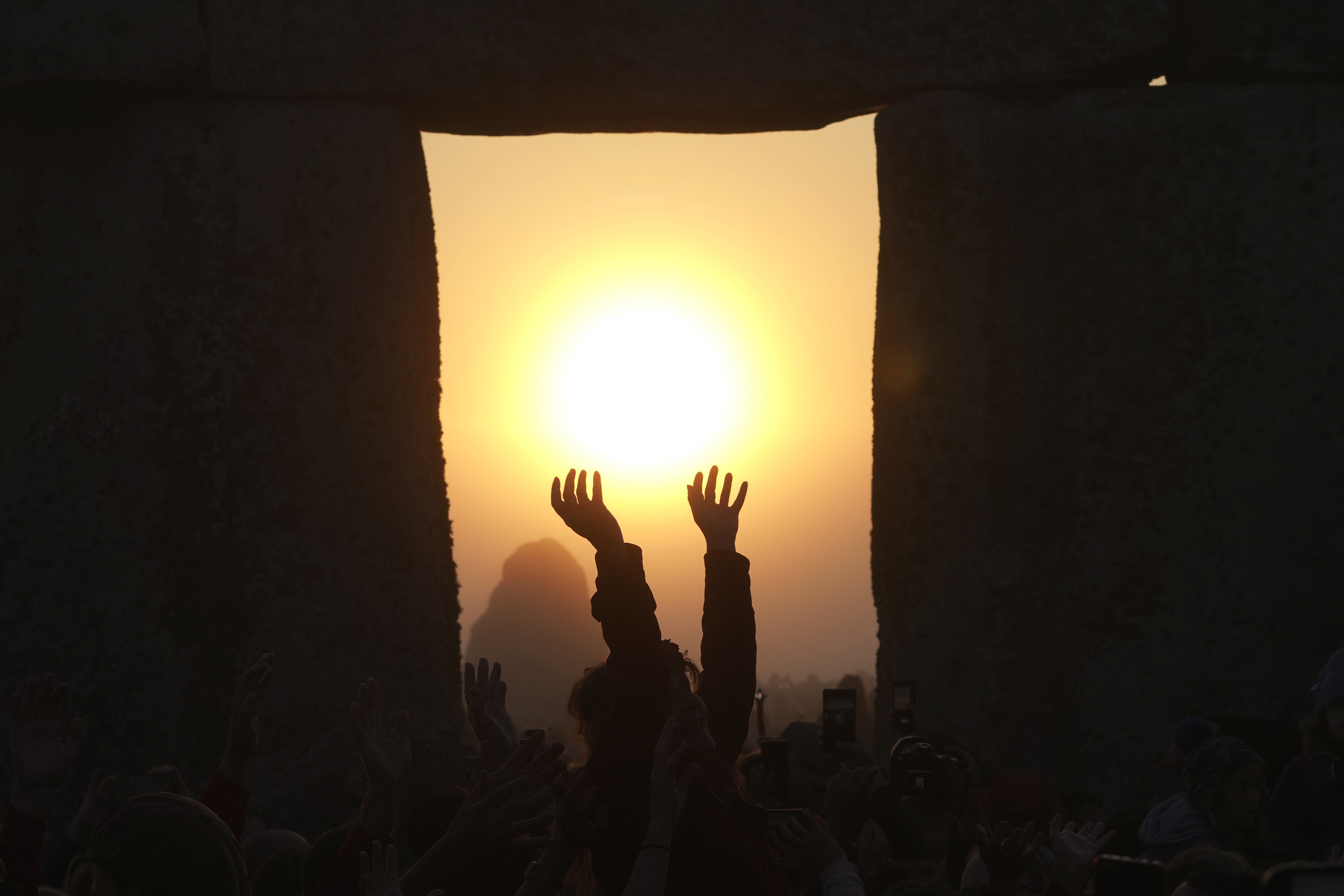Around the same time, the Southern Hemisphere is at its most extreme tilt away from the sun, entering winter solstice and its shortest day of the year.
Six months later, the halves will switch it up: The Northern Hemisphere will experience a winter solstice, and the Southern Hemisphere will have a summer solstice.
Equinoxes mark the start of spring and autumn, and happen when Earth's axis and orbit line up such that both hemispheres get an equal amount of sunlight.
The vernal equinox on March 19 kicked off spring, and the autumnal equinox on Sept. 22 will usher in fall.
This year's summer solstice comes with a treat: the first full moon of the summer, coined the strawberry moon. The moon won't be pink or red in color: Its name comes from several Indigenous tribes who noticed that its timing coincided with the strawberry harvest.
On Friday evening, cast your eyes to the southeast to glimpse the full moon peeking above the horizon.
